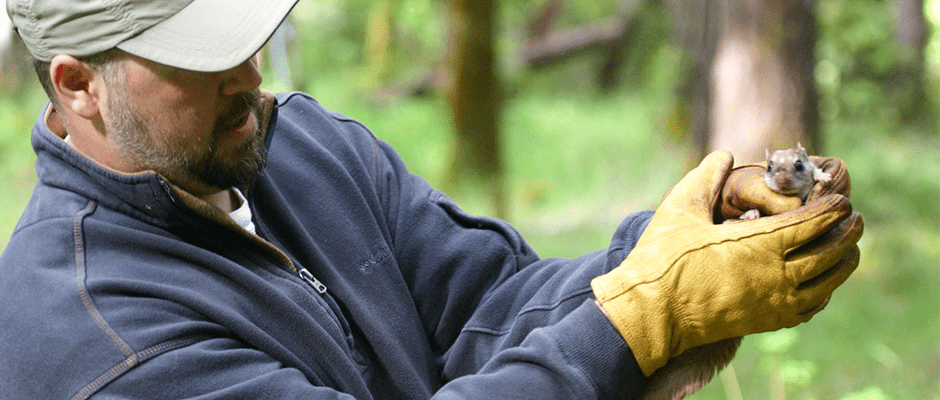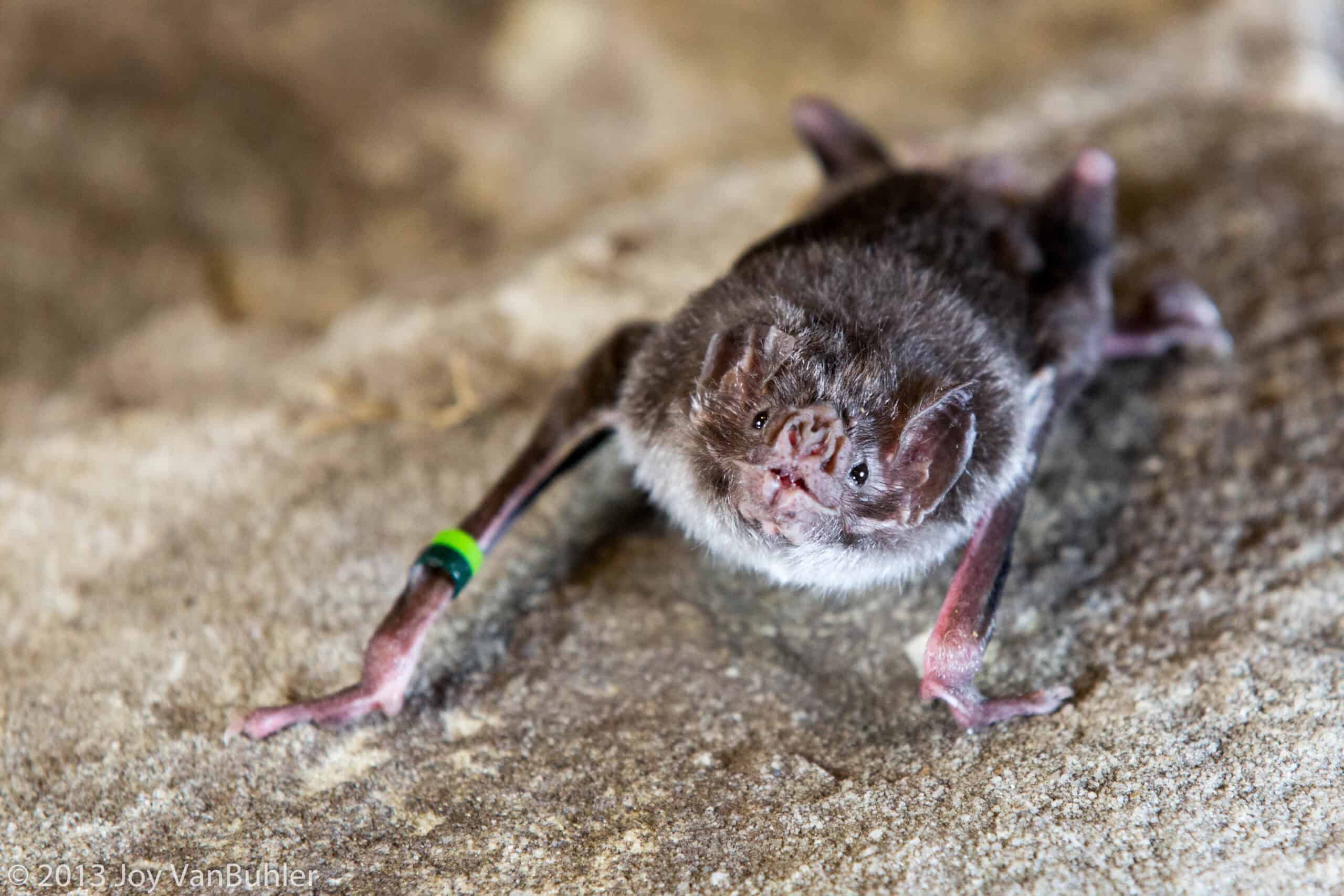Share this article
New species, ‘Humboldt’s flying squirrel,’ discovered
Certain populations of small, dark flying squirrels that live in cool forests along the Pacific Coast are actually a unique species that had never been classified before, researchers discovered.
They named the new species — found between southern British Columbia and the mountains of southern California — Humboldt’s flying squirrel (Glaucomys oregonesis), in honor of famed naturalist Alexander von Humboldt. Until now, these populations were thought to be northern flying squirrels (Glaucomys sabrinus).
“One of the main reasons Humboldt’s flying squirrel has remained undescribed until now is that it looks similar to the northern flying squirrel,” said TWS member Brian Arbogast, associate professor and curator of mammals at the University of North Carolina at Wilmington and lead author of the study published last month in the Journal of Mammalogy describing the newly discovered species.
Arbogast, who has been studying flying squirrels since he was an undergraduate, said he had an idea early on that something was different about them. For two decades, he had been studying mitochondrial DNA (mtDNA) in flying squirrels — both the southern species, which lives in deciduous forests throughout the eastern United States, Mexico and Central America, and the northern one, which occupies coniferous forests in Alaska, Canada, the Rockies and the Appalachians.
He found two distinct lineages of northern flying squirrel — one that occurred throughout its range and another unique to the Pacific Coast. Working with a graduate student, Katelyn Schumacher, he began using microsatellite markers to examine how much gene flow occurred between the two lineages in their shared habitat in the Pacific Northwest.
The answer was, none at all. “This was a shock,” Arbogast said. The two groups were not interbreeding, even where they occurred together, indicating that they were distinct species.
As it turns out, Humboldt’s flying squirrel and the northern flying squirrel are not even each other’s closest relatives, or sister taxa, Arbogast said. The newly discovered species seems to be the oldest of the three, breaking off from a common ancestor 1.3 million years ago — about 300,000 years before the northern and southern flying squirrels diverged.
Arbogast said he hopes to determine if any features reliably distinguish the two species. While Humboldt’s flying squirrel appears to be generally smaller and darker, he said, the northern flying squirrel can vary widely in appearance.
The discovery of the new species may have implications for wildlife managers. British Columbia, Washington and Oregon likely have both northern and Humboldt’s flying squirrels, and more work will need to be done to determine the distribution of the two species. In California, the U.S. Fish and Wildlife Service recently decided against endangered species protections for the San Bernardino northern flying squirrel (Glaucomys sabrinus californicus). It was previously considered a population of the northern flying squirrel. Now, it’s considered a Humboldt’s flying squirrel.
Header Image: Brian Arbogast holds a Humboldt’s flying squirrel in Mendocino County, Calif. ©Nick Kerhouolas








